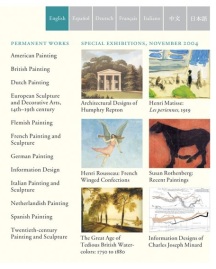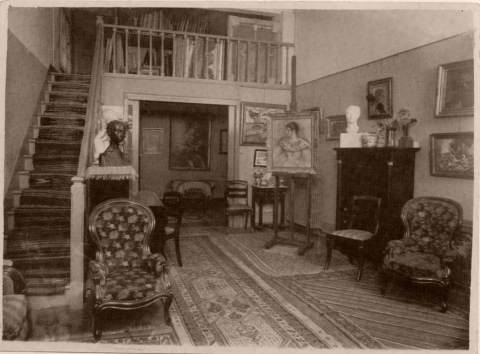As many of my thoughts on this week’s encounters with interactivity have been covered by my classmates, I thought it would be a useful exercise for me to discuss my recent progress with the design assignment and individual project, which has been aided immensely by our last few classes as well as reviewing several Lynda.com tutorials from earlier in the semester.
For my design project, still very much a work in progress, I am sticking with the historical moment of my final project: 1920s-30s Paris. During this decade, a clean, geometric art deco style emerged out of the far more ornamental art nouveau. The two tendencies are clearly visible in architecture, painting and prints from the time, so I should have plenty of visual material to choose from. But working with such an iconic aesthetic is problematic. Though the Latin American artists I focus on were largely upper-middle class and participated with Europeans in all forms of artistic activity and discourse, they were still frequently marginalized and forced to tailor their work to preconceived cultural stereotypes, ultimately resulting in their exclusion from the art historical canon. My project is not about one style or theory dominating the rest — it’s about cross-cultural collaboration. So my challenge will be to design a Parisan theme that still emphasizes this international milieu.

One source of inspiration for my design assignment.
I’ve started by exploring exhibition brochures and posters from the time. Gallery publications during this period tended toward the art deco aesthetic, whether or not the art they exhibited did. One poster I’ve been working with advertises the 1925 International Exposition of Decorative Arts (left).
Though I am still working on a color scheme, this poster provided some guidance. I was also inspired by the clean, legible typeface to look for a modernist sans-serif for my headings. I landed on Catorze27 from myfonts.com (supposedly Portuguese in origin, though I’ve found similar sans-serifs used in France). I matted the central image to my background in order to carry the reddish/coral accent through the page, as well as to continue practicing working with transparent layers. The image, a modernist take on a classical theme, would have been popular in the interwar years and seemed like a perfect motif for the page.
I also experimented with the poster’s decorative borders. With the help of Lynda, some Googling and the fantastic code-generator at border-image.com, I applied the border-image property to my page. I ran into problems with this property’s compatibility with IE and ended up instead applying what we learned about “position: absolute” last class to fixing my border images around my container, with these results:

My page with border-image applied.
While I like the border in theory, I’m worried that this one conflicts with the geometric order of my type and layout, so for now I’ve removed it. I hope to apply the motif to some other element within the page and would appreciate any thoughts or suggestions from the class.
The other adventure in new media I’ve had recently was my introduction to Omeka. As a Clio novice, between navigating the BlueHost control panel and making sure the right “.htaccess” files were in place, installing the scripts was extremely time consuming. But I am thrilled to have the groundwork done. With Joshua Brown’s call for digital history that opens itself up to interpretation in mind, I am looking forward to digitizing evidence of the Latin American presence in Paris and allowing readers to reach their own conclusions about this moment in history.








